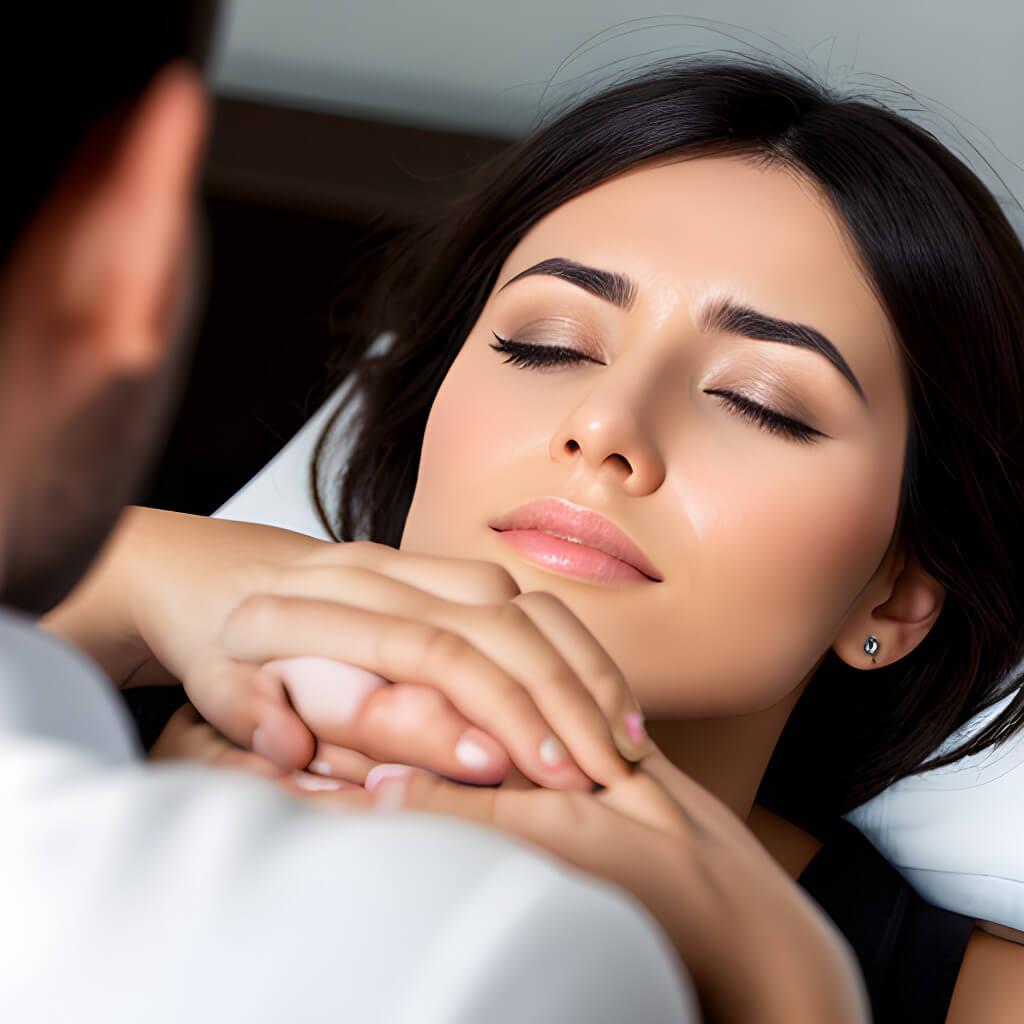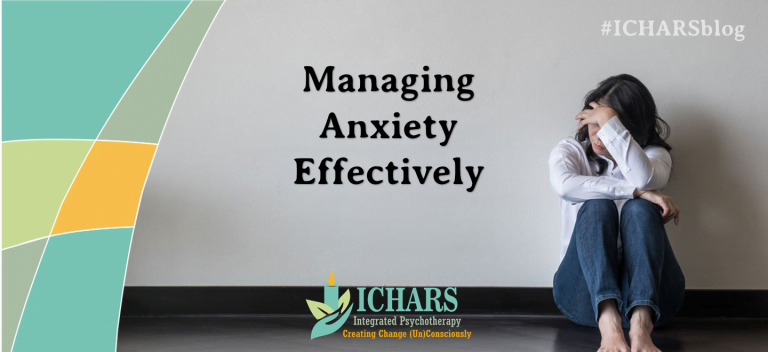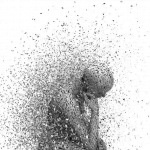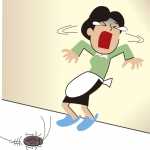Disclaimer: The information in this article is for educational purposes only and should not replace advice from a licensed therapist or medical professional. Please consult with a qualified healthcare provider for personalized guidance on anxiety management.
Anxiety is an integral part of the human experience, impacting individuals at various points in their lives. Whether it’s the anticipation before a job interview or the apprehension preceding a significant exam, anxiety takes on multiple forms. This comprehensive guide delves deep into the realm of anxiety, providing insights into its definition, various disorders, symptoms, causes, and evidence-based strategies for effective management.
What is Anxiety?

Anxiety, a natural emotional response, arises when individuals confront life situations fraught with challenges, uncertainties, or threats. This emotional state often manifests as nervousness or restlessness. While experiencing a degree of anxiety is considered normal, it’s essential to differentiate between everyday anxiety and anxiety disorders, which can significantly disrupt one’s daily life.
What is Anxiety Disorder?
Anxiety disorders involve more than temporary worry or fear. The feelings of anxiety do not go away for a person with this disorder and can worsen over time. The feelings can interfere with daily activities such as job performance, studies, work, and relationships. The individual feels uncontrollable fear even when there is little or nothing to provoke it. Research shows that one in every four Indians is affected by anxiety disorders, with 10% also experiencing depression.
The underlying physiological mechanism behind anxiety disorders is the prolonged activation of stress hormones such as cortisol and corticotropin-releasing hormone. These hormones are typically released in response to immediate threats, but when stress persists, they can lead to an excessive increase in anxiety levels.
What are the Symptoms of Anxiety?
Anxiety often manifests with a range of physical, emotional, and behavioural symptoms, reflecting the activation of our innate fight-flight responses in response to perceived threats. This physiological response involves the release of certain chemicals and can evoke distinct emotional states. In conjunction with these reactions, individuals may also experience muscle tension, restlessness, fatigue, and difficulties in maintaining focus.
Furthermore, anxiety may prompt behavioural changes, including avoidance of situations that have previously triggered anxiety. For instance, someone who experienced anxiety during exams may be reluctant to participate in future testing situations. Alterations in sleep patterns, the development of nervous habits such as nail biting, and an increase in motor tension, such as foot tapping, are among the various other effects that anxiety can induce.
It’s important to note that the number, intensity, and frequency of these symptoms can vary from person to person. While almost everyone encounters anxiety at some point in their lives, the majority do not go on to develop long-term issues with anxiety. However, for a minority, anxiety can become a persistent and challenging concern.
What are the different types of Anxiety?
-
General anxiety disorders

Definition: GAD is characterized by excessive and sustained worry or fear without a specific trigger.
Symptoms: Individuals with GAD often grapple with chronic, unrealistic apprehension concerning various aspects of life, such as health, finances, and relationships. Physical symptoms, including muscle tension, restlessness, and fatigue, frequently accompany this disorder.
Evidence-Based Treatments: According to the National Institute of Mental Health (NIMH), cognitive-behavioural therapy (CBT), medication like selective serotonin reuptake inhibitors (SSRIs), and relaxation techniques have demonstrated efficacy in managing GAD.
-
Specific Phobias

Definition: Specific phobias involve intense and irrational fears related to particular objects, situations, or activities.
Symptoms: When exposed to their phobia, individuals may encounter panic attacks, profuse sweating, trembling, and a compelling urge to evade the feared stimulus.
Evidence-Based Treatments: The Anxiety and Depression Association of America (ADAA) suggests that exposure therapy, cognitive-behavioural therapy (CBT), and, in certain cases, medication can be beneficial for individuals grappling with specific phobias.
-
Panic Disorder
Definition: Panic disorder is marked by recurrent, unforeseen panic attacks.
Symptoms: Panic attacks involve intense fear and physical manifestations such as chest pain, heart palpitations, shortness of breath, and an overwhelming sense of losing control.
Evidence-Based Treatments: The Mayo Clinic endorses cognitive-behavioural therapy (CBT), exposure therapy, and medications like SSRIs and benzodiazepines as common approaches to managing panic disorder.
-
Obsessive Compulsive Disorder (OCD)
Definition: OCD encompasses recurring, unwanted thoughts (obsessions) and repetitive behaviours (compulsions) aimed at mitigating anxiety.
Symptoms: Obsessions can trigger distressing and irrational fears, while compulsions comprise repetitive rituals intended to alleviate obsessions.
Evidence-Based Treatments: According to the International OCD Foundation, cognitive-behavioural therapy (CBT) incorporating exposure and response prevention (ERP) is considered the gold standard for OCD treatment. SSRIs can also be prescribed to complement therapy.
-
Social Anxiety Disorder (Social Phobia)
Definition: Social anxiety disorder entails an intense fear of social or performance situations where scrutiny or judgment is anticipated.
Symptoms: Individuals with social anxiety may experience severe anxiety, blushing, trembling, sweating, and an inclination to avoid social situations.
Evidence-Based Treatments: The National Institute of Mental Health (NIMH) recommends cognitive-behavioural therapy (CBT), exposure therapy, and medications such as SSRIs and beta-blockers as effective approaches for addressing social anxiety disorder.
-
Post-Traumatic Stress Disorder (PTSD)
Definition: PTSD can develop following exposure to a traumatic event, leading to intrusive thoughts, nightmares, and emotional numbness.
Symptoms: Flashbacks, hypervigilance, and avoidance behaviours are common manifestations of PTSD.
Evidence-Based Treatments: The U.S. Department of Veterans Affairs (VA) underscores cognitive-behavioural therapies like prolonged exposure (PE) and eye movement desensitization and reprocessing (EMDR), alongside medication like SSRIs, as proven treatments for PTSD.
Specific Phobias, panic disorders and OCD are generally considered examples of Static Anxiety, whereas Generalised Anxiety Disorder (GAD) is an example of free-floating anxiety.
How does Anxiety develop?
Static Anxiety:
Static anxiety is triggered by specific stimuli and can be understood using the ABC model of cognitive-behavioural therapy (CBT). The ABC model stands for Activating Events, Beliefs, and Consequences.
Activating Event: Interacting with an authoritative figure, such as a teacher, boss, or parent.
Beliefs: The individual may have negative thoughts and beliefs associated with authority figures, such as “authority figures are always critical and judgmental,” “I can’t stand up for myself in front of authority figures,” or “I am not good enough for authority figures to approve of me.” These beliefs may stem from past experiences with authority figures, such as being scolded or criticized by a teacher or feeling powerless and unable to assert oneself in front of a parent.
Consequences: The individual may experience physical symptoms such as an increased heart rate, sweating, and muscle tension when interacting with authority figures. They may also experience emotional symptoms such as fear, worry, and panic and behavioural symptoms such as avoiding interactions with authority figures or struggling to speak up or express themselves in front of them.
By recognizing these triggers and addressing the underlying beliefs, individuals can better manage their anxiety, as supported by the American Psychological Association (APA).
Free Floating Anxiety:
Free-floating anxiety refers to a type of anxiety that is not tied to a specific trigger or event. It’s a general sense of unease or worry that seem to come out of nowhere and can be hard to pinpoint.
For example, imagine a person who wakes up in the morning feeling anxious and worried without any particular reason or trigger. They can’t identify what’s causing the anxiety, and it persists throughout the day, affecting their mood and ability to focus on their tasks. This person might have free-floating anxiety, not tied to a specific event or trigger.
The underlying cause of Free-floating anxiety is not entirely understood, but it is believed to be a combination of various factors:
Genetics: Some individuals may possess a genetic predisposition to anxiety, as suggested by research published in the journal “Biological Psychiatry.”
Brain Chemistry: Imbalances in neurotransmitters, like serotonin and dopamine, can contribute to free-floating anxiety, as indicated by studies in “Neuroscience and Biobehavioural Reviews.”
Adverse Experiences: Traumatic experiences during childhood or exposure to high-stress environments can elevate the risk of developing free-floating anxiety, as confirmed by “The British Journal of Psychiatry.”
Mental Health Conditions: Coexisting mental health conditions, such as depression or schizophrenia, may heighten the likelihood of free-floating anxiety, according to research published in the “Journal of Affective Disorders.”
Practical self-help tips for managing anxiety
Understanding anxiety is vital, but practical strategies for managing it are equally essential. Here are some self-help techniques:
Disclaimer: The self-help tips mentioned here should complement professional guidance, not replace it. Consult with a licensed therapist or mental health expert for personalized treatment.
- Mindfulness and Meditation: Engaging in mindfulness practices and meditation, as supported by the National Center for Complementary and Integrative Health (NCCIH), can help individuals stay grounded and reduce racing thoughts commonly associated with anxiety.
- Regular Exercise: Research published in “Psychosomatic Medicine” highlights the benefits of regular physical activity, which releases endorphins, natural mood elevators. Aim for at least 30 minutes of exercise on most days.
- Deep Breathing: Practice deep, slow breathing to soothe your nervous system. The Anxiety and Depression Association of America (ADAA) recommends inhaling for a count of four, holding for four, and exhaling for four.
- Healthy Lifestyle: Maintaining a balanced diet, obtaining adequate sleep, and limiting caffeine and alcohol intake are vital aspects of managing anxiety, according to the American Heart Association (AHA).
- Supportive Relationships: Sharing your feelings with trusted friends or family members can provide relief. The Harvard Health Blog emphasizes the significance of social connections in managing anxiety.
- Journaling: Writing down your thoughts and feelings can help identify anxiety triggers and patterns. The American Psychological Association (APA) recognizes the therapeutic benefits of journaling.
How to help clients overcome anxiety? – Therapist’s Niche

The actual steps involved in Overcoming Anxiety would depend upon the intensity and the specific type of anxiety that the client is experiencing.
Having said that, an eclectic approach to therapy is the most recommended for almost all kinds of anxiety-related issues.
The biggest advantage of using an eclectic approach for overcoming anxiety is that a therapist can work with both the symptoms and the cause of anxiety.
Disclaimer: Advanced therapeutic techniques should only be employed by qualified mental health professionals. Individuals seeking treatment for anxiety must consult with licensed therapists or mental health experts.
Therapeutic Techniques for Overcoming Anxiety
- Thought restructuring or the when-then technique can help clients change their anxiety-triggering thoughts. SWISH can help change the association with mental images that were triggering anxiety.
- In the case of static anxiety: the NLP Fast Phobia cure, hypnotic desensitization and anchoring can help by conditioning the mind with a new response (like calmness, humour…) with the original stimulus.
- Different release processes like Circle therapy or inner child work from hypnosis can help in overcoming anxiety by releasing suppressed emotions.
- Regression and regression therapy can be used to work with past traumatic experiences that may be responsible for the onset of the disorder.
If you are a psychologist who would like to learn the art and science of overcoming anxiety using an eclectic approach to psychotherapy, you must check out the Cognitive Hypnotic Psychotherapy™ Program. The program is based on the systematic and seamless integration of different approaches to psychotherapy (cognitive, behavioural, psycho-dynamic and humanistic).



